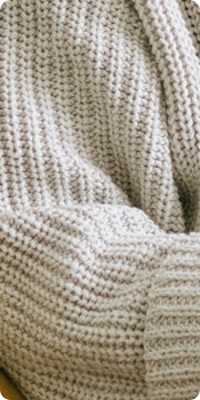How to get the best of one-to-one meetings?
Posted: May 24, 2023One-to-one is a mutual teaching exchange of information. How to get the best of one-to-one meetings?
Read more about How to get the best of one-to-one meetings?January 01, 2022
Author: Daniel José da Silva

Software quality is essencial on any software project. This time we will be taking a look on DRE - Defect Removal Efficiency.
Defect Removal Efficiency is a measure of the efficacy of the software testing process in finding defects before the software is released which is calculated as:
Where:
E = The number of defects found before release of the software
D = The number of defects found after release of the software
We could drill down calculating the DRE using the following areas:
Requirement (Inspection during the refinement/grooming)
Design (Inspection during the Pull Request Review, Pair Programming)
Build (Inspection during the Unit Testing, Pull Request Review, Static Code Analysis)
Testing (Inspection during the Integration, System, Regression and Manual testing)
For example if before the deployment to the client we find overall 80 defects and after the deployment the client finds 12 defects we would have:
DRE = (80 / (80 + 12)) * 100
DRE = 86.95 %
The score of 86.95% is considered above the market average of 85% (at the moment of this writing).
In short this metric shows how good the team is performing finding defects before they go to production.


One-to-one is a mutual teaching exchange of information. How to get the best of one-to-one meetings?
Read more about How to get the best of one-to-one meetings?
Anonymous feedback has become an increasingly popular method for employees and managers to provide feedback to one another.
Read more about The benefits of Anonymous Feedback
Objectives and Key Results (OKRs) and Key Performance Indicators (KPIs) are both important tools for measuring and tracking performance in an organization
Read more about OKRs VS KPIs - Advantages and Disadvantages
Why bugs should be estimated in the product backlog?
Read more about Scrum - Do you estimate bugs?
Sprint retrospective using the sailboat technique is one of my favorites
Read more about Sprint Retrospective - Sailboat
Product backlog VS Sprint backlog who owns what?
Read more about Product Backlog VS Sprint Backlog - Who owns What?
I have been discussing with some colleagues and we came with an idea that the Product owner is the hearth of Scrum...
Read more about What is the minimum to expect from a product owner on a Scrum team?
Scrum master in the Daily Scrum - Standup - What to do?
Read more about Scrum Master in the Daily Scrum - Standup - What to do?
Defect Removal Efficiency is a measure of the efficacy of the software testing process in finding defects before the software is released
Read more about DRE - Defect Removal Efficiency